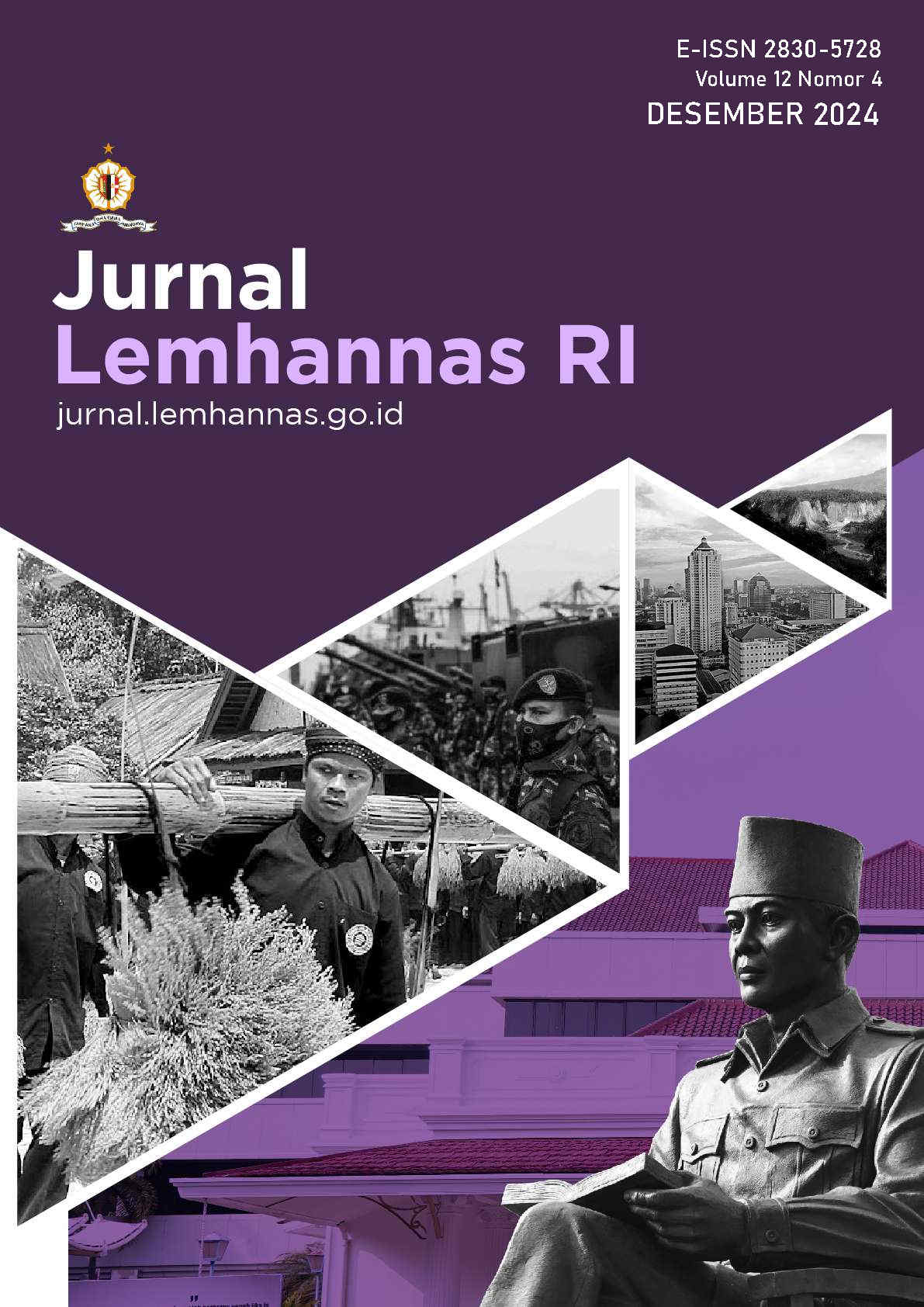The Role of Remote Sensing and GIS in Sustainable Development and National Resilience
Main Article Content
Abstract
Purpose: This study explores the critical role of Remote Sensing (RS) and Geographic Information Systems (GIS) in supporting Sustainable Development Goals (SDGs) and strengthening national resilience. It aims to highlight the originality and significance of RS and GIS as strategic tools for spatial data collection, analysis, and visualization.
Study Design/Methodology/Approach: This research employs a qualitative methodology based on a literature review and case studies. The study evaluates the application of RS and GIS in various sectors, including disaster mitigation, environmental preservation, and resource optimization.
Findings: The findings indicate that RS and GIS significantly contribute to SDGs by facilitating actions on climate change, biodiversity conservation, equitable resource distribution, and poverty alleviation. Additionally, RS and GIS strengthen national resilience through economic optimization, ecological disaster mitigation, conflict resolution, and strategic area monitoring.
Originality/Value: This study underscores the integrative role of RS and GIS in aligning SDGs and national resilience objectives, offering practical implications for decision-making across multiple sectors. The results provide a foundation for policymakers and practitioners to leverage RS and GIS for holistic and sustainable development.
Article Details

This work is licensed under a Creative Commons Attribution-ShareAlike 4.0 International License.





